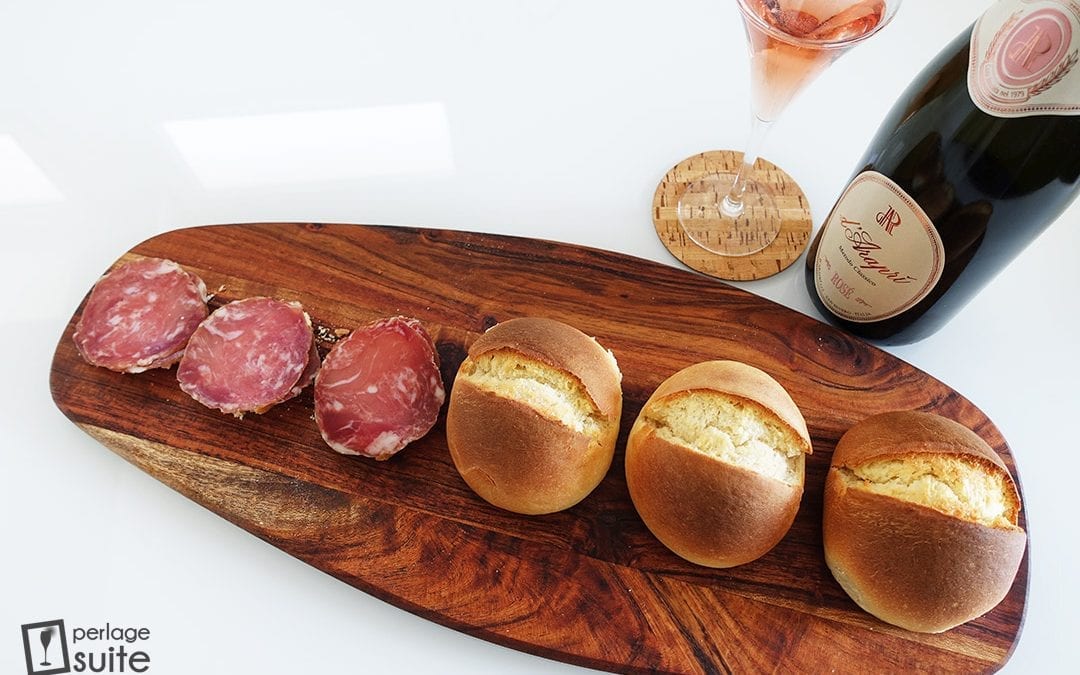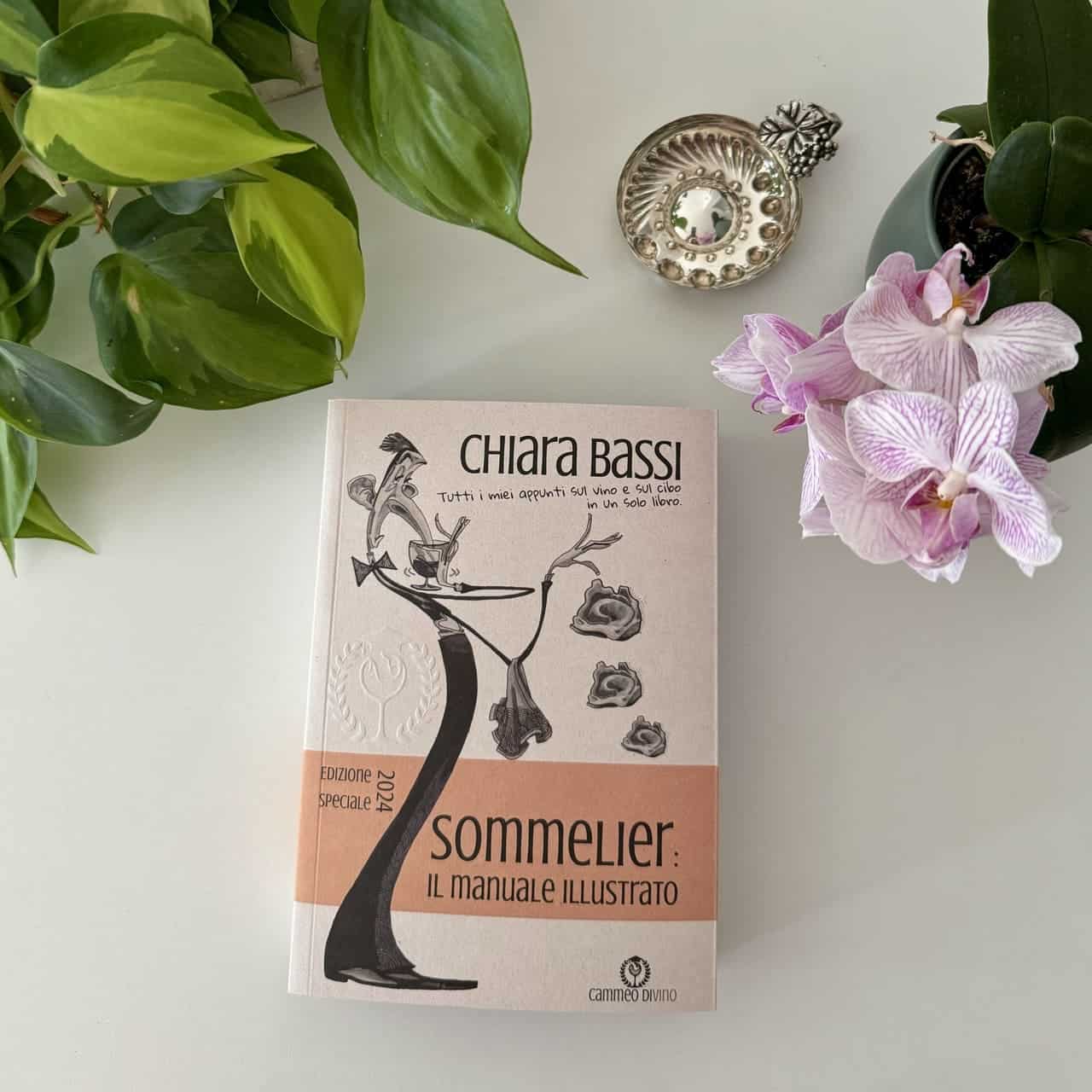One thing my new region has in common with my home region: the poverty of the ingredients in its traditional dishes. However, the quality of these is so excellent that very little is needed to make wonderful dishes. Today I am sharing with you the recipe for spongada, a slightly sweet bread typical of the Camonica Valley that is used to bake at Easter (but is good all year round!), which I traditionally ate with salami, strictly from Monte Isola because I like it so much, and I paired it with the classic method sparkling wine Rosé D'Araprì. I was very uncertain whether to pair it with a dry red raisin wine from the area, but in the end I was more convinced by the combination with a classic method sparkling wine from the south. Spongada is prepared all over Valcamonica, and I noticed that from village to village it differs only in the use of sugar sprinkled on top: in some areas it is icing sugar, in others it is caster sugar or granulated sugar. I confess that I hate icing sugar, so I prefer to use granulated sugar, which, of all things, is never lacking at home!
But let's go in order... spongada is a delicious and 'tamugna' (as my mother would say!) sweet focaccia that was traditionally made in the family. Women would prepare huge quantities of dough that they would bake in the wood-burning oven of their trusted baker, who in return would keep part of the loaves. It was then served as an accompaniment to Easter lunch and eaten either with salami or zabaglione (and I assure you it is good either way...). As for every traditional dish, every family has its own recipe for preparing it, but in reality the quantities of the ingredients differ more than the ingredients themselves. In Breno there is a real Fèra de la Spongada, obviously at Easter time.
Ingredients:
For the yeast:
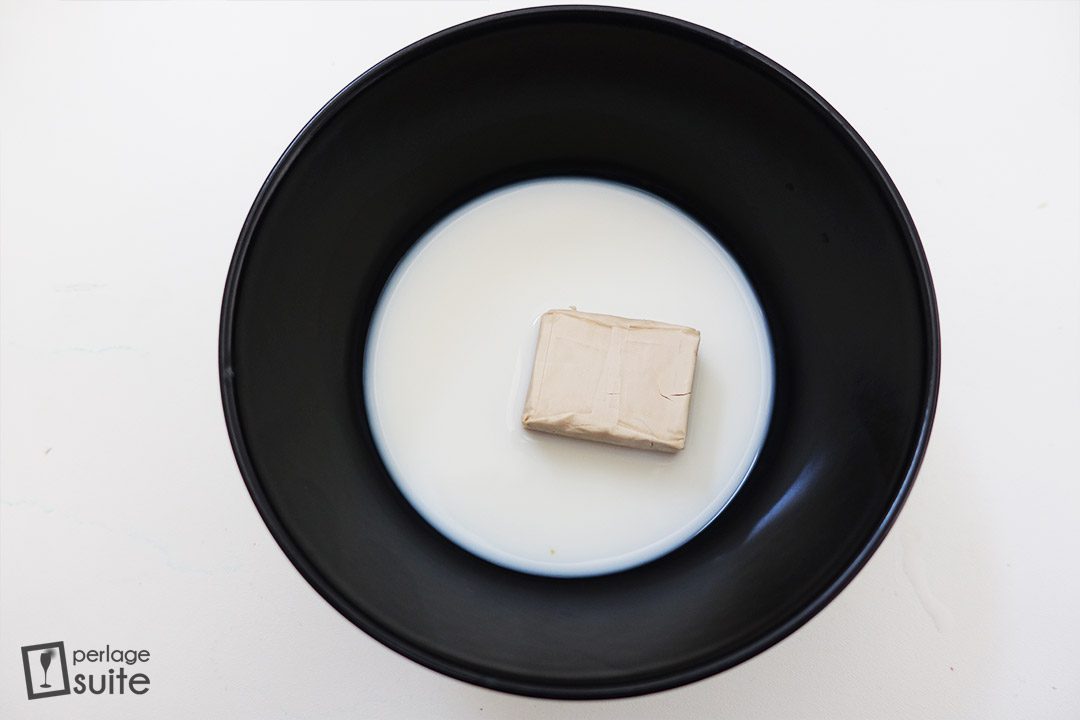
- 40 grams of whole milk
- 40 grams of 00 flour
- 25 grams of fresh brewer's yeast
For the first dough:
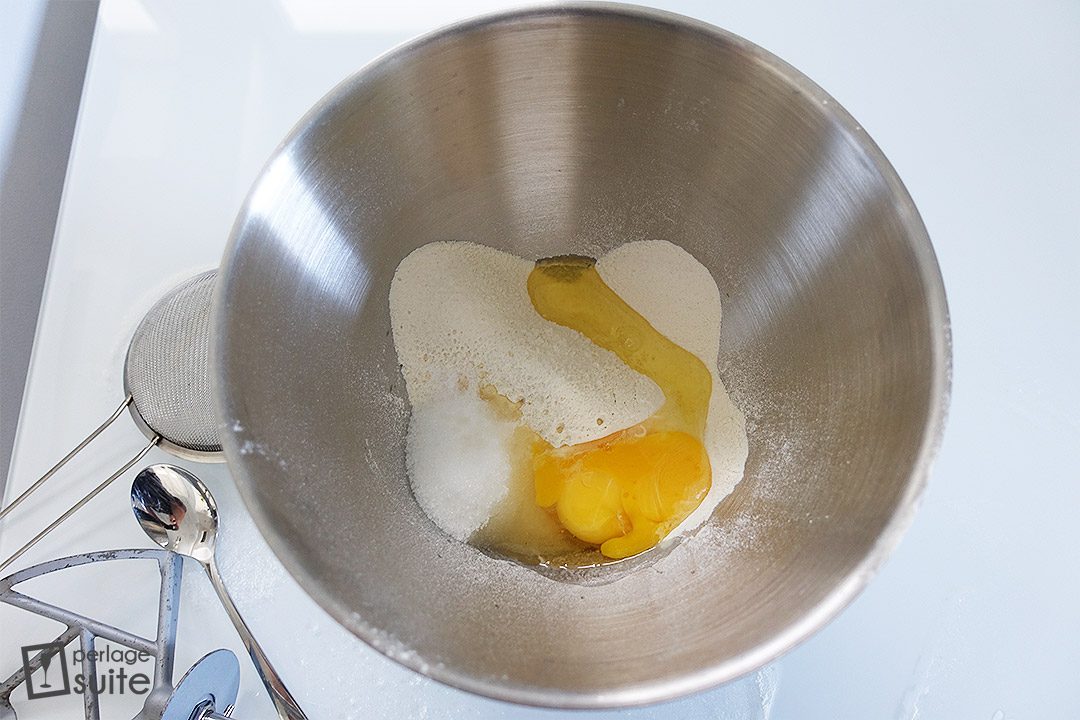
- 240 grams of 00 flour
- 80 grams of caster sugar
- 60 grams of butter from centrifuged cream
- 1 whole egg
- 1 yolk
- 1 pinch of salt
- the seeds of half a vanilla pod
For the second dough:
- 80 grams of caster sugar
- 60 grams of butter from centrifuged cream
- 1 whole egg
- 1 yolk
- 6 grams of fresh brewer's yeast
- 1 pinch of salt
- 00 flour
Procedure:
To prepare the yeast:
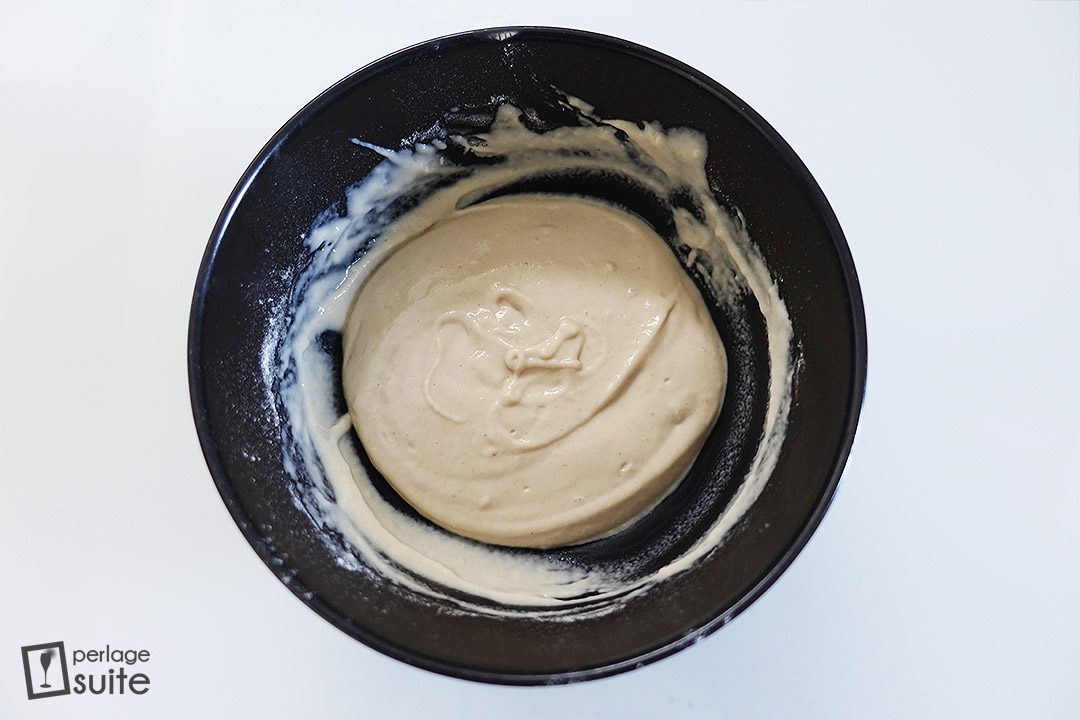
- Heat the milk in a saucepan without boiling it. It should be just lukewarm;
- Put the lukewarm milk in a bowl and dissolve the yeast, stirring with a teaspoon;
- Add and stir in the flour with the teaspoon until smooth;
- Leave to rise in a barely warm (40°C) oven for 30 minutes.
To prepare the first dough:
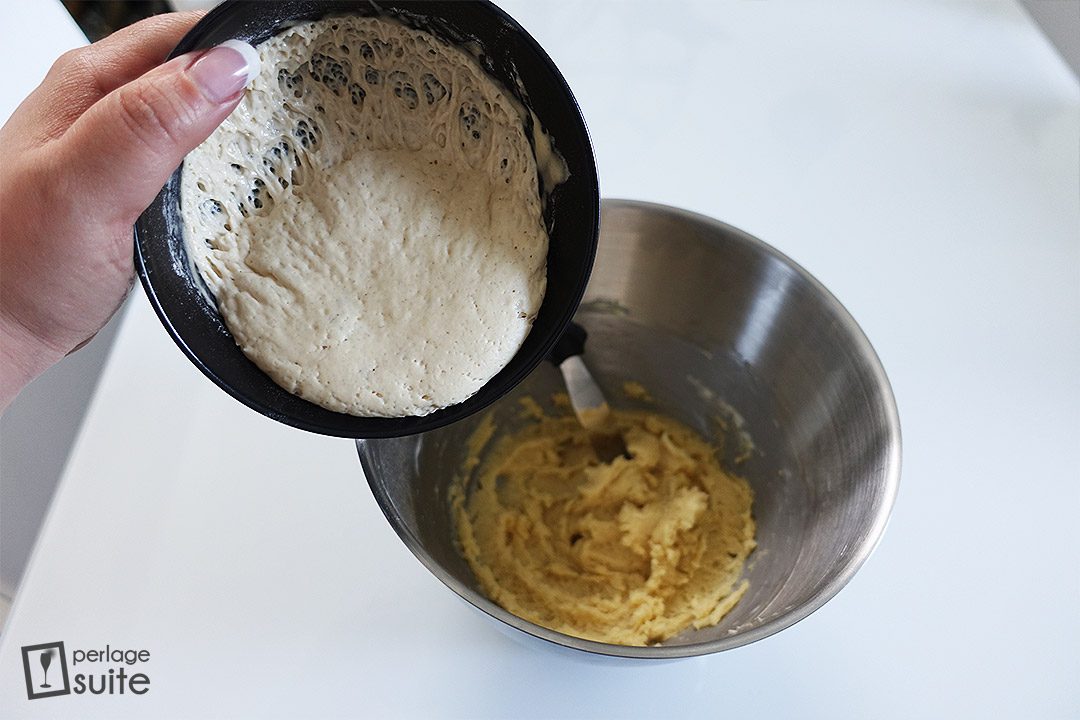
- Sift the flour and place it in the planetary mixer or a bowl;
- Add the sugar, beaten whole egg and yolk, pinch of salt and vanilla and mix with a whisk or the mixer's paddle attachment (at moderate speed);
- Add the room temperature butter in small pieces and wait until it has been absorbed before adding more;
- Add the yeast you had previously prepared;
- Knead for another 2 minutes and then place the dough into a bowl greased with a little butter;
- Cover with cling film and leave to rise for at least 3 hours in a warm room (I left it 4 hours in the oven at 40 °C).
To prepare the second dough:
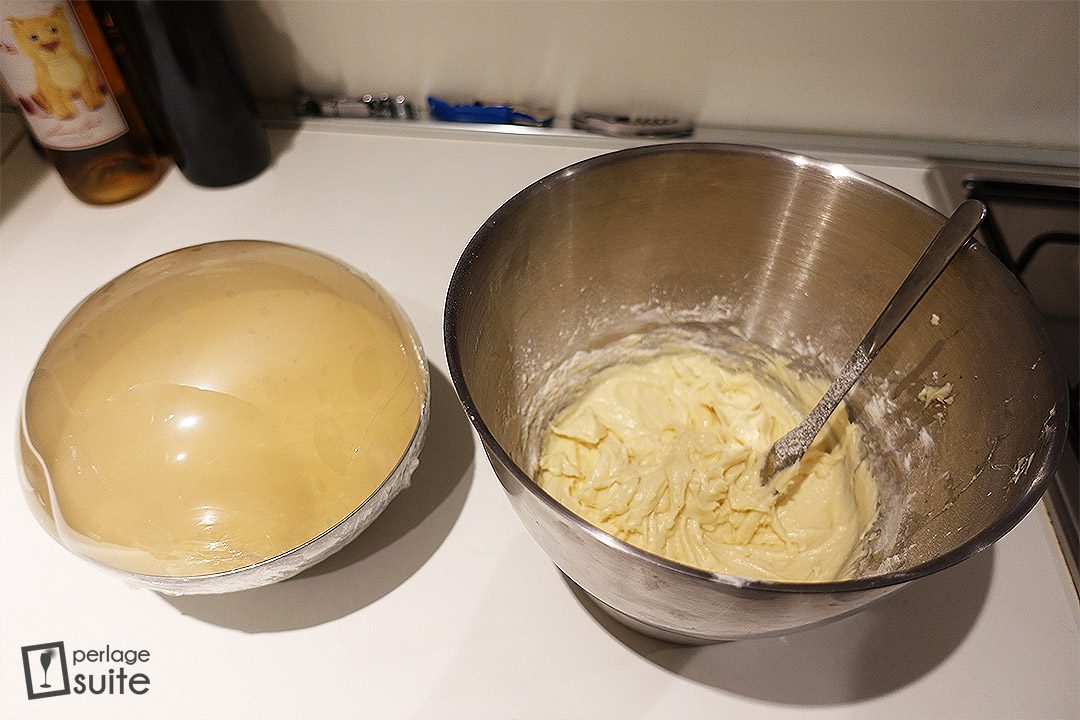
- In the bowl or mixer, beat the whole egg and yolk with the sugar;
- Add the soft butter in small pieces and wait until it has been absorbed before adding more;
- Add the other half of the vanilla bean seeds;
- Dissolve the yeast in a drop of lukewarm milk (like 10 grams) and add it to the dough;
- Fit the dough hook in the mixer and add the first dough;
- Knead for 15 minutes at moderate speed (I kneaded at speed 2 in my Kenwood mixer);
- Put the loaf in a bowl greased with a little butter;
- Cover with cling film and leave to rise until it doubles in volume in a warm room (I left it 2 hours in the oven at 40°C).
To prepare the loaves:
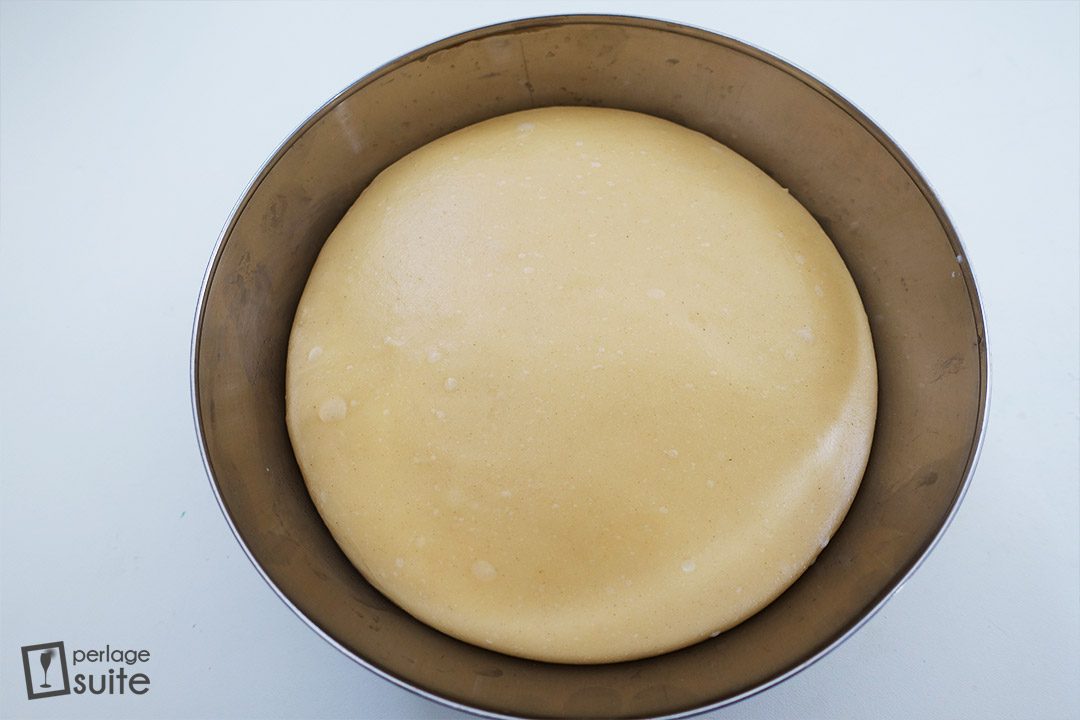
- You will have obtained about 1 kg of dough! Divide it into 6 pieces of 150 grams each and shape them into a loaf;
- Place the loaves in the baking tray that you have covered with baking paper, remember to keep them apart as they should double in volume;
- Make a deep cut on the spongada with the help of a smooth-bladed ceramic knife if possible;
- Place the baking tray with the loaves to rise in the oven at 30°C until doubled in volume (approx. 2 hours).
To bake:
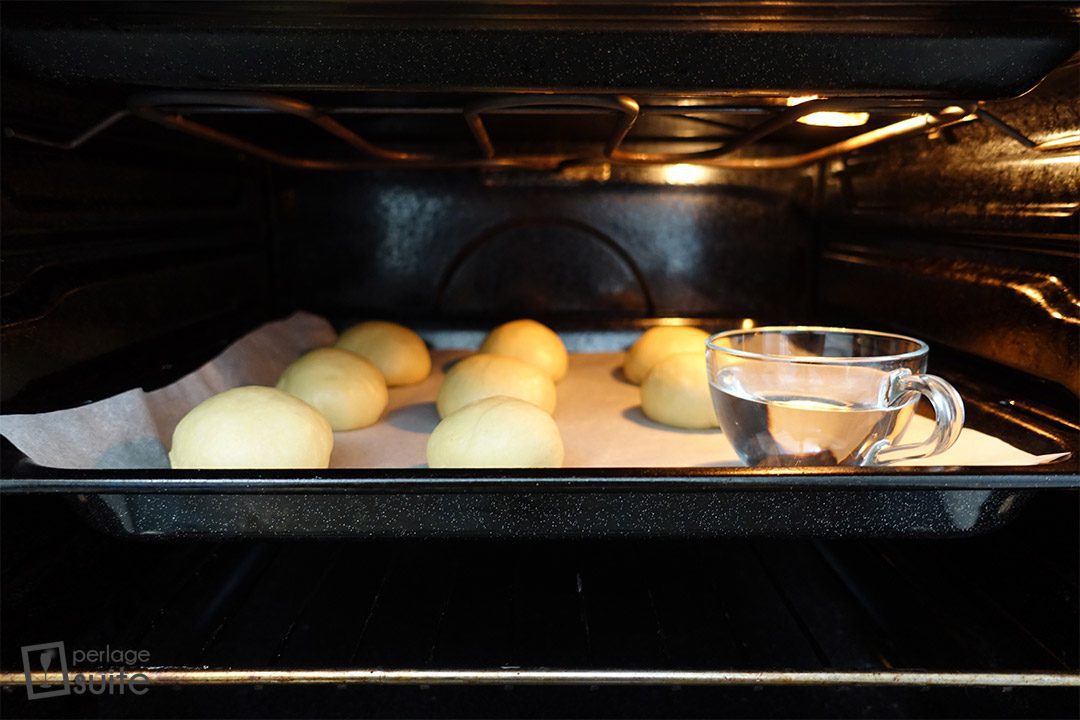
- Remove the pan with the spongadas from the oven and bring it to 180°C to heat it up;
- Bake and cook for about 20 minutes until browned. Don't open the oven unless you have an alien in the kitchen telling you to!
- Sprinkle with caster sugar;
- Let cool on a grid.
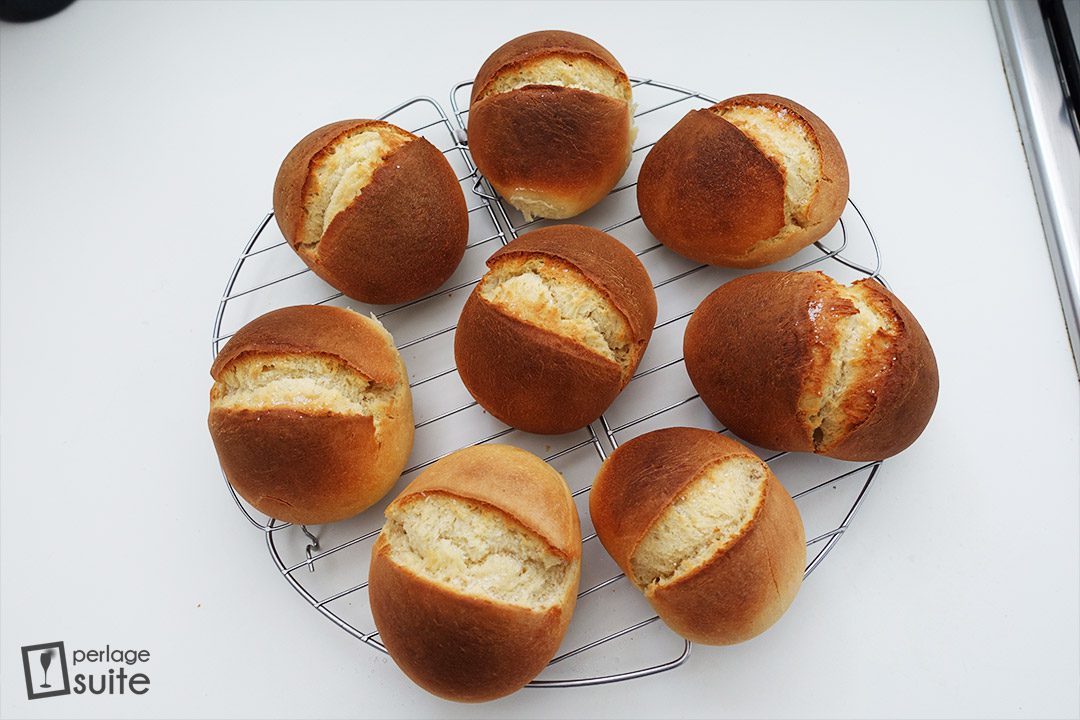
Well, now that I have prepared the spongada, or rather the spongadas, all I have to do is invite my neighbours over to eat them... also because they are from the area and will be able to tell me whether or not I did well! Honestly, as soon as I finished preparing them, I thought 'What I'm leaving! Never again!!!' (this is a sacred word in Romagna, absolutely untranslatable into Italian. Let's say that all Romagnoli use it, but no one will ever be able to tell you exactly what it means. It is always used and is always good in any context. If you didn't understand the question, if you didn't listen, if you don't know or don't want to answer... 'ciò' is the perfect way to elegantly get out of it, leaving your interlocutor free to interpret it), but then they came out so good that I immediately changed my mind! They also keep really well in the freezer and heat up really quickly in the oven... so that's another good reason to make lots of them! There are currently 2 floors in my freezer and half of them are occupied by ragout and half from Camuni sponges!
Pairing: spongada, salami and D'Araprì classic method sparkling wine!
Eating spongada and salami is part of the tradition. Its 'firm' consistency despite the generous amount of yeast and its buttery scent make it absolutely perfect to accompany savoury food. Of course it can be likened to a sweet bread, but it is not so sweet... especially if you avoid dusting it with icing sugar. Monte Isola salami is a little different from the classic salami made with minced meat because it is made strictly with meat cut at the point of a knife and without added fat, from pigs born and bred in Italy with a guaranteed supply chain. Instead, a mixture of wine and garlic is added to the meat and it is lightly smoked with olive twigs, bay leaves and juniper berries and this gives it a very special and unique organoleptic character.
To support a sweet not sweet spongada with a lean but really aromatic salami I chose a wine classic method sparkling wine from a completely different area, for a specific reason. Sure, I could have been banal and proposed a Franciacorta... and there would certainly have been some interesting combinations... but I was looking for something with a completely different gear. D'Araprì produces excellent classic method sparkling wines in San Severo di Puglia. A climate and land opposite to those of Franciacorta that gives a wine with an important structure without renouncing the acid component, but characterised by great flavour and a nose of strawberry jam, toasted bread and aromatic herbs that is truly unique. I found it really perfect for this dish. It defats but not as much as a classic method sparkling wine from northern Italy, and here in fact I had no particular need to defat. I wanted savouriness to counterbalance the delicate sweetness of the spongada and an aromaticity with a strong identity so as not to get lost in the distinct one of the montisola salami.
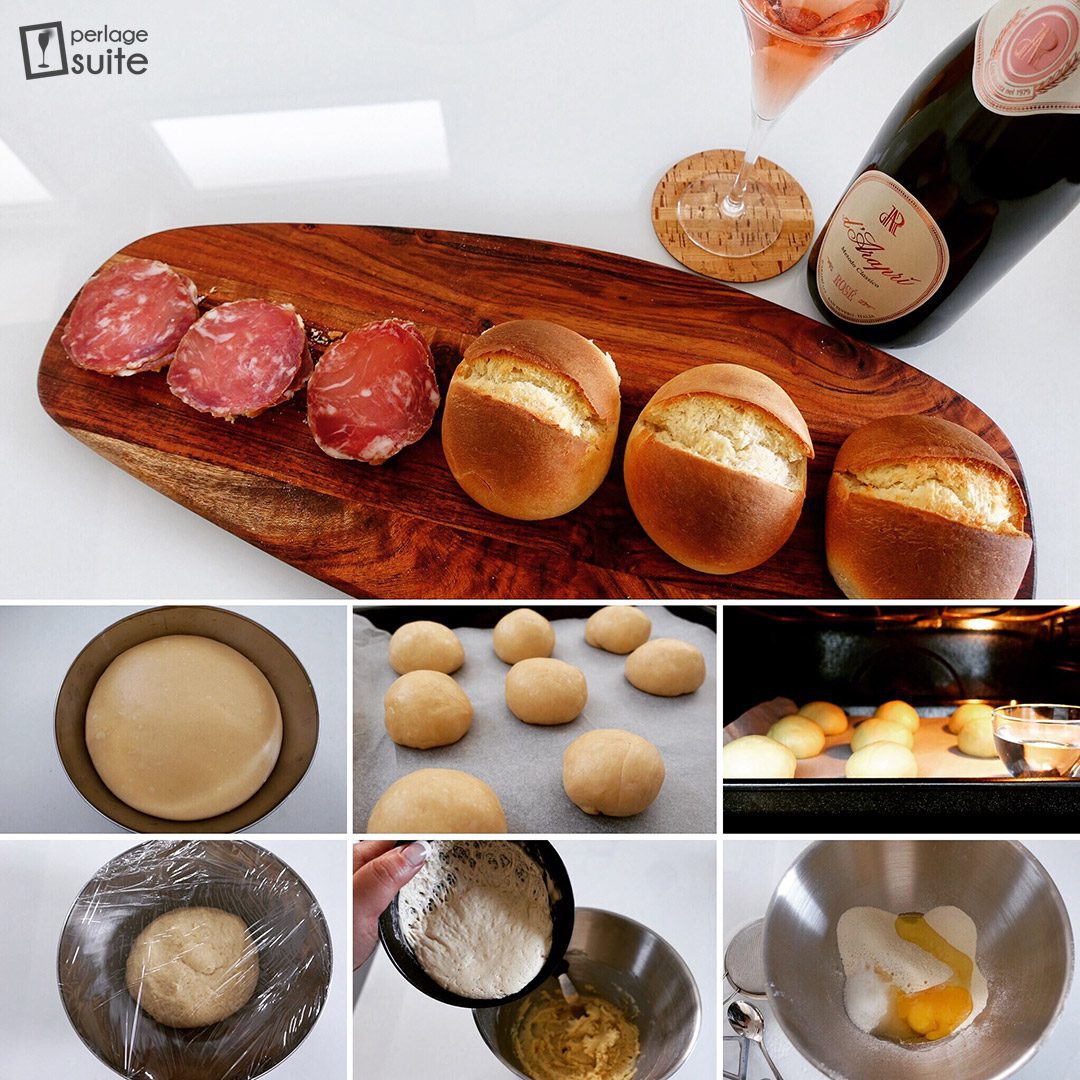
I really liked the classic method sparkling wine d'Araprì with its stupendous onion skin colour, its very numerous, fine and very persistent perlage, its crisp bubbles and this very long flavour. It comes from Pinot Noir and Montepulciano vineyards grown on espalier trellises in the clayey-calcareous soils of Contrada di Monsignore and Contrada Baiocco, on a slight slope. The grapes are harvested by hand between the end of August (Pinot Nero) and the end of September (Montepulciano) with a yield of about 90 quintals per hectare. After vinification, the wine rests for 24 months on the lees in the d'Araprì winery's ancient cellar. The underground cellars, dating back to the 1600s, extend over about 1000 square metres in the historic centre behind the Church of San Nicola and embrace historic buildings and strips of the ancient 13th-century walls. Here this classic method sparkling wine finds the perfect environment to rest, and the quality of the result is irrefutable proof of this.
Have you ever eaten the spongada camuna? Do you know the D'Araprì company? Let me know in a comment!
Enjoy your snack,
Chiara
P.S. For all the photos in this article I thank UniversoFoto.com for the provision of the Sony RX100M4... it really is a little gem!

